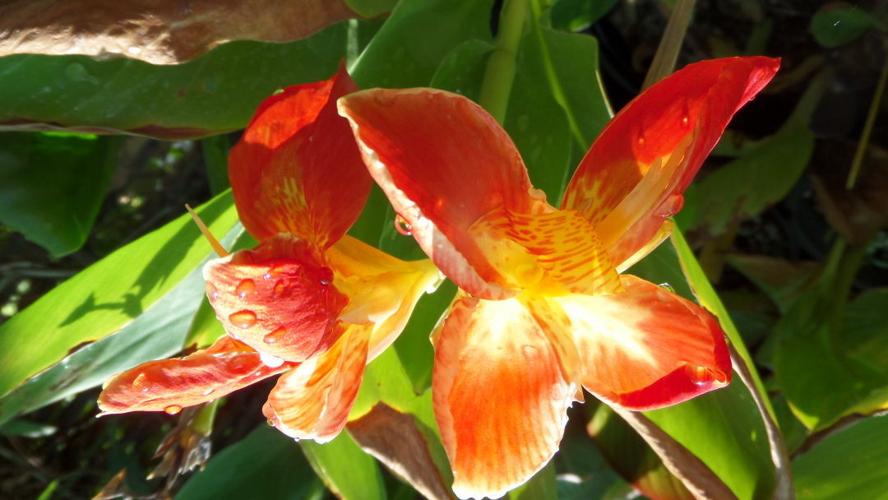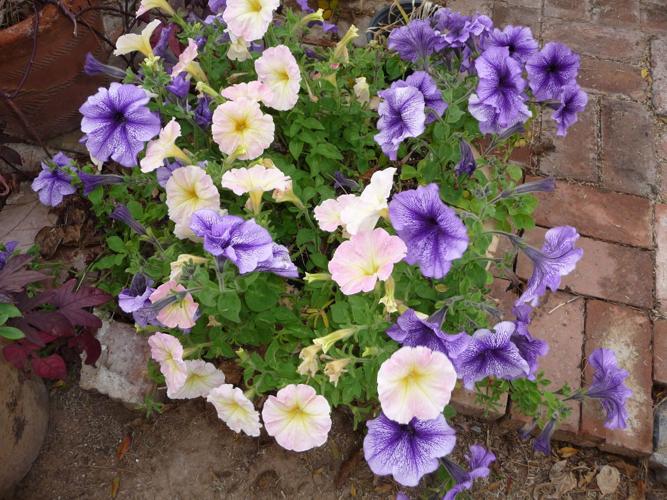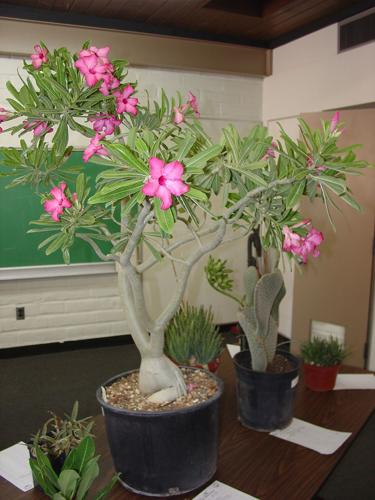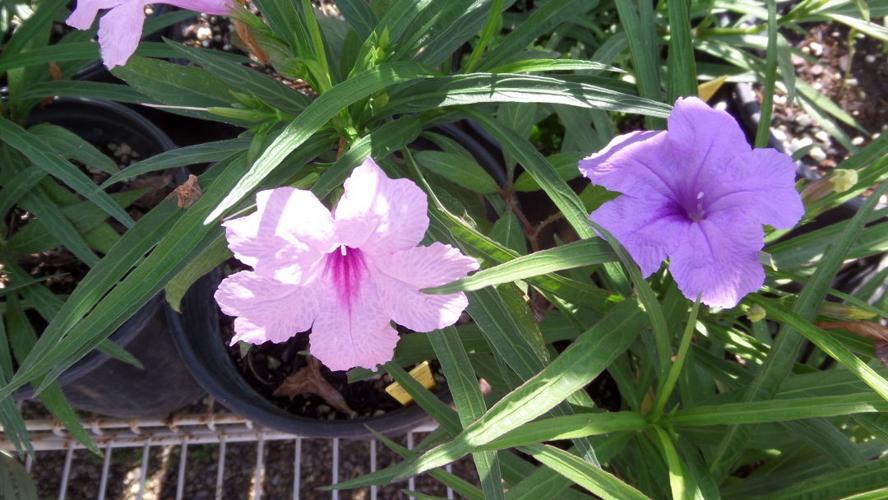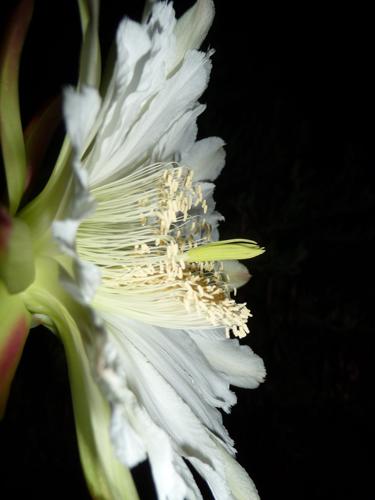We’re 17 days away from the official end of monsoon season and 10 days away from autumn. If you haven’t started working on your fall and winter gardens, get to it. Here’s some advice on what to focus on.
GET PLANTS
Several nonprofit organizations are offering ways for you to replenish or start gardens.
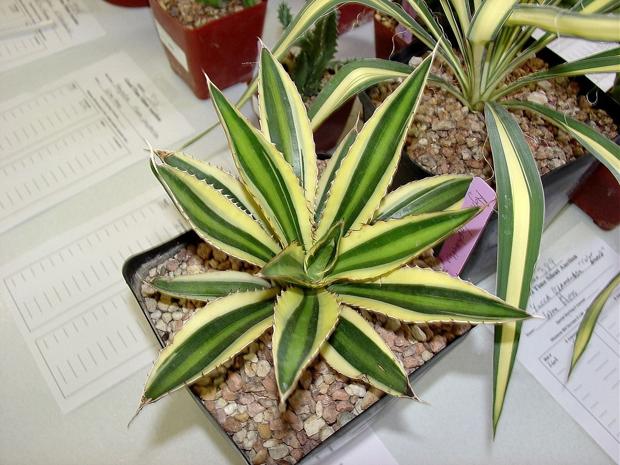 |
• Good Time Silent Auction, 3-5 p.m. Sunday, Sept. 13. Succulents, including cactus, will be bought, silently bid on, given away and freely exchanged in this event by the Tucson Cactus & Succulent Society. Sky Islands Public Charter High School, 6000 E. 14th St.
• Fall Garden Fair, Sept. 26. Tucson Organic Gardeners hosts some 20 vendors selling plants, compost, seeds and other products. There also will be a seed exchange, activities for kids and a gardening class. St. Mark’s Presbyterian Church, 3809 E. Third St.
• Fall Plant Sale, Sept. 29-Oct. 3. All plants at Desert Survivors nursery, which specializes in native and heritage species, are 10 percent off. 1020 W. Starr Pass Blvd.
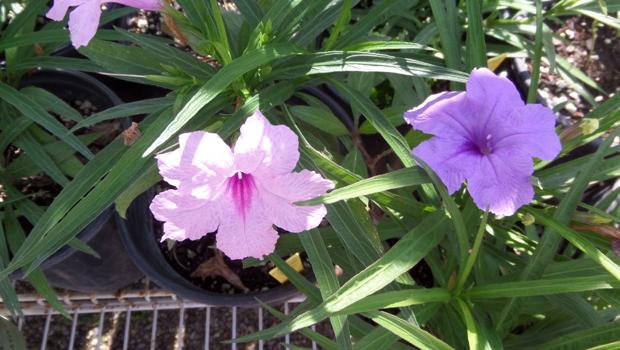 |
• Master Gardener Fall Plant Sale, Oct. 10. Nearly 3,000 plants including pollinator species, tropical plumeria, figs, canna lilies, salvia and the sale’s largest selection of cacti and succulents. Painted gourds, recycled-metal art, used garden tools and other items will be offered for sale. Pima County Cooperative Extension, 4210 N. Campbell Ave.
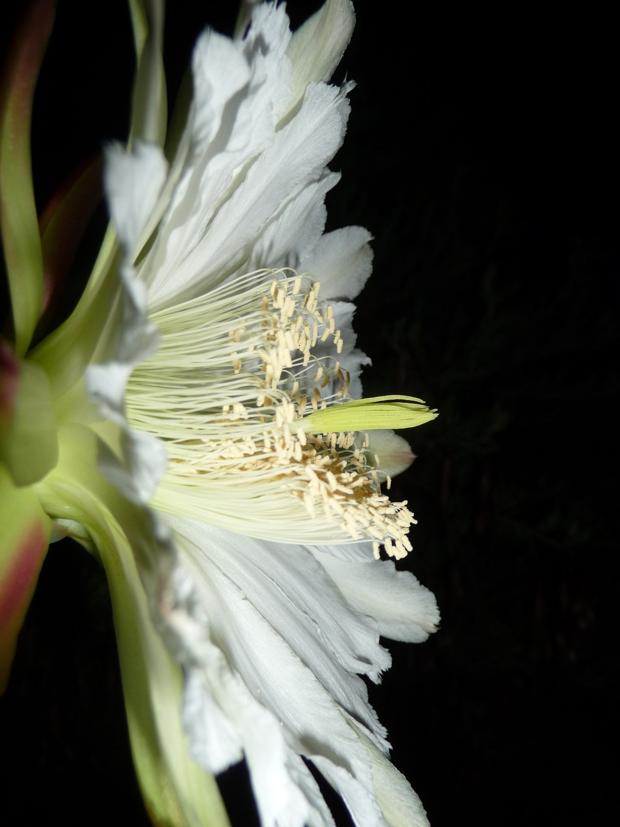 |
• Mostly Plants Auction, Oct. 13. Members of the Gardeners of Tucson put their plants, from small cactus to 4-foot trees, up for live auction. The more than 400 items include grasses, shrubs, herbs, roses, processed food, garden-related gifts and used gardening books, pots and equipment. Ward 6 City Council office, 3202 E. First St.
• Fall Plant Sale, Oct. 17-18. An abundance of butterfly-attracting milkweed is among the seasonal plants offered at Tohono Chul Park, 7366 N. Paseo del Norte.
PREP EDIBLE GARDENS
It’s time to decide on whether you want to rip out your thriving summer garden to make way for winter veggies.
“If you want to plant some of these longer (winter) season plants like broccoli, cabbage, cauliflower and Brussels sprout, you need to plant in mid-September and into October,” says Brandon Merchant, owner of Southwest Victory Gardens.
“You may have to think about pulling out an otherwise productive plant” such as tomato, eggplant or pepper, which “will keep going until frost kills them off,” Merchant says.
Old plants may hog resources that new ones need to thrive.
Another argument in favor of making the switch is the need to reinvigorate the soil, he says.
Summer gardens suck out a lot of the soil’s nutrients. To get it ready for winter use, you’ll need to dig in compost and organic fertilizer.
If you don’t plan to have a winter garden, grow a cover crop such as peas, beans or buckwheat to add nitrogen to soil for spring planting. Once they’re mature, dig the plant into the ground.
If you don’t want to grow anything at all, at least water the bare soil to “keep the microbes alive,” Merchant says.
HARDEN PLANTS
Start reducing irrigation so ornamental plants don’t issue tender new growth that can be damaged or killed in frost or freeze. “Still do long, deep watering,” advises Tony Sarah, general manager of Magic Garden Nursery. “It’s the frequency you want to cut back.”
If you haven’t pruned winter-active plants yet, leave them alone now until spring for the same reason, Sarah says.
“Citrus in particular should not be pruned in fall,” says master gardener Paul Ellis.
Ellis says it’s OK now to prune plants that are dormant in winter, including deciduous trees and roses.
PREPARE FOR FREEZES
It’s not just overnight freezing temperatures that damage or kill plants in winter, Sarah says.
Extended cold snaps, dry air and drying winds cause plenty of trouble.
Here are his suggestions for dealing with damaging winter weather:
- Know what temperatures your plants can handle. Covering too soon interferes with hardening plants for the season.
- Use frost blankets, bed sheets or blankets to cover plants. Don’t use plastic or burlap.
- Cover all the way to the ground or, if you can’t, gather and tie up the bottom of any cover around the plant. The idea is to contain the plant’s own heat and that of the soil to keep it warm.
- String incandescent bulbs through plants, particularly trees, to keep them warm under covers.
- Commercial frost blankets can be kept on plants for several weeks. Plants under all other covers should be uncovered during daylight.
- Don’t prune away any plant damage; dead vegetation helps protect the plant in subsequent freezes.
The veggie garden will also need protection when temperatures approach 25 degrees, Merchant says. He suggests:
- Deeply watering plants the morning before a freeze is anticipated.
- Using frost cloth or row cloth to completely cover plants.
- Using cages or structures around plants so the cover doesn’t touch them.


